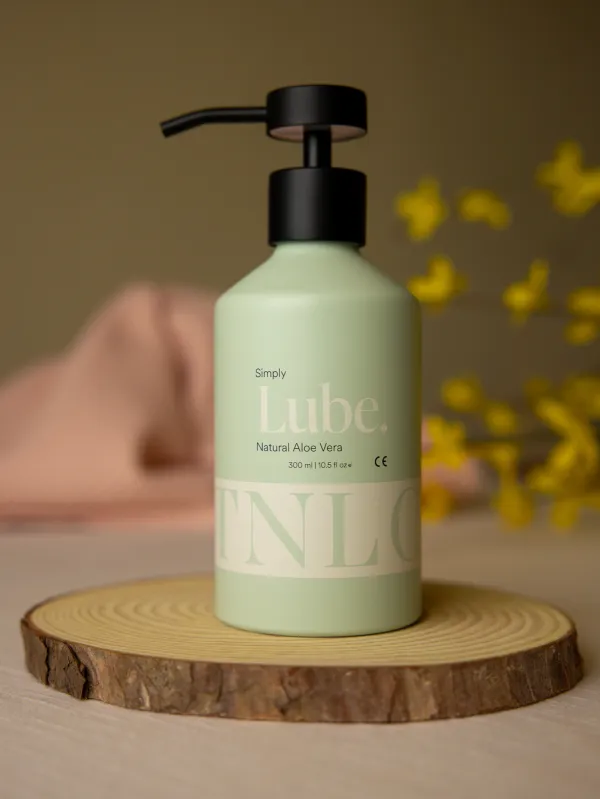What is Sustainability?

I have written this blog post with people in mind who may have yet to think about sustainability or do not know where to start. If you have decided to live a sustainable lifestyle, I applaud you for initiating a change. If you are still trying to figure out how to begin a sustainable lifestyle or even why you should, this blog post will hopefully alleviate some stress and worry. I will share my thoughts and opinions on living a greener lifestyle and why it is more complex than you may think. Living a green lifestyle is rewarding, but it is crucial that the process is not rushed and that you proceed at a pace that works for you. Here are my views on how to go green and why going slow is part of the puzzle.

Going Green? What does it mean?
Following a green lifestyle means living consciously and prioritising the planet over our wants and needs. A green lifestyle is also called eco-friendly, sustainable living or environmentally conscious. Sustainable living is a philosophy that requires dedication and commitment. The aim of going green is to be aware that after we make personal changes, we can keep learning. This allows us to become more mindful of our impact on the world around us and how our decisions affect the future of our planet. Going green also mitigates any adverse effects that we, directly or indirectly, have on the environment.
Why is going green best taken slow?
Moving towards a “greener” lifestyle is great, but taking things slow is my main word of advice. Why? Treat going green like learning a new skill; it takes time to learn, understand and practice a skill, and with time, you develop and become stronger, more independent and resilient. Going green is just that. Going green is a complex task of changing one product for another or buying a garment because it has green labelling or is marketed as sustainable. Sadly, many brands claim that they are better than they are, known as greenwashing. There is more to the label than meets the eye, such as where the product was made, what materials were used and what happens to the product at the end of its life.
Avoid using the bin:
One of the most prominent aspects of going green is reducing the waste we produce. Sadly, lots of the waste we create is dumped, shipped or burnt, affecting the environment in different ways. As I mentioned in the previous paragraph, going green is more than just looking at the label, and when going green, it is worth remembering that the most sustainable products you have are currently in your home. The packaging might be made from plastic and contain complex ingredients that are difficult to break down naturally. But why bin products bought with your money? Using your existing products allows you to take your time, find brands and alternative products that work for you rather than rushing. Bamboo cutlery an iconic when it comes to our perceptions of sustainability, but most kitchens have a drawer full of metal ones that already exist. A good step is to consider whether you need the product because it is broken, rather than wanting the latest style.

Do not put pressure on yourself
Putting pressure on yourself will lead to worry about doing it right and rushing into things without the best understanding. There is no race to go green or medals either (sorry). Going green may feel overwhelming, and it should not. A helpful quote says: “We don't need a handful of people doing zero waste perfectly. We need millions of people doing it imperfectly.” Millions of people should make more minor changes than a thousand making many changes. It can be a step-by-step process of gaining knowledge and confidence.
Final Thoughts
If you decide to pursue a sustainable journey, I hope you find it as fun and rewarding as I did. I publish content to support and bring awareness of going green. Going green is not a competition; it is the opposite, not only to do it right but to save money by avoiding the purchase of unnecessary or useless products. Remember, learning is a process that takes time; you can make better decisions with more knowledge. My final advice is to enjoy going green; it should not feel like a chore.




